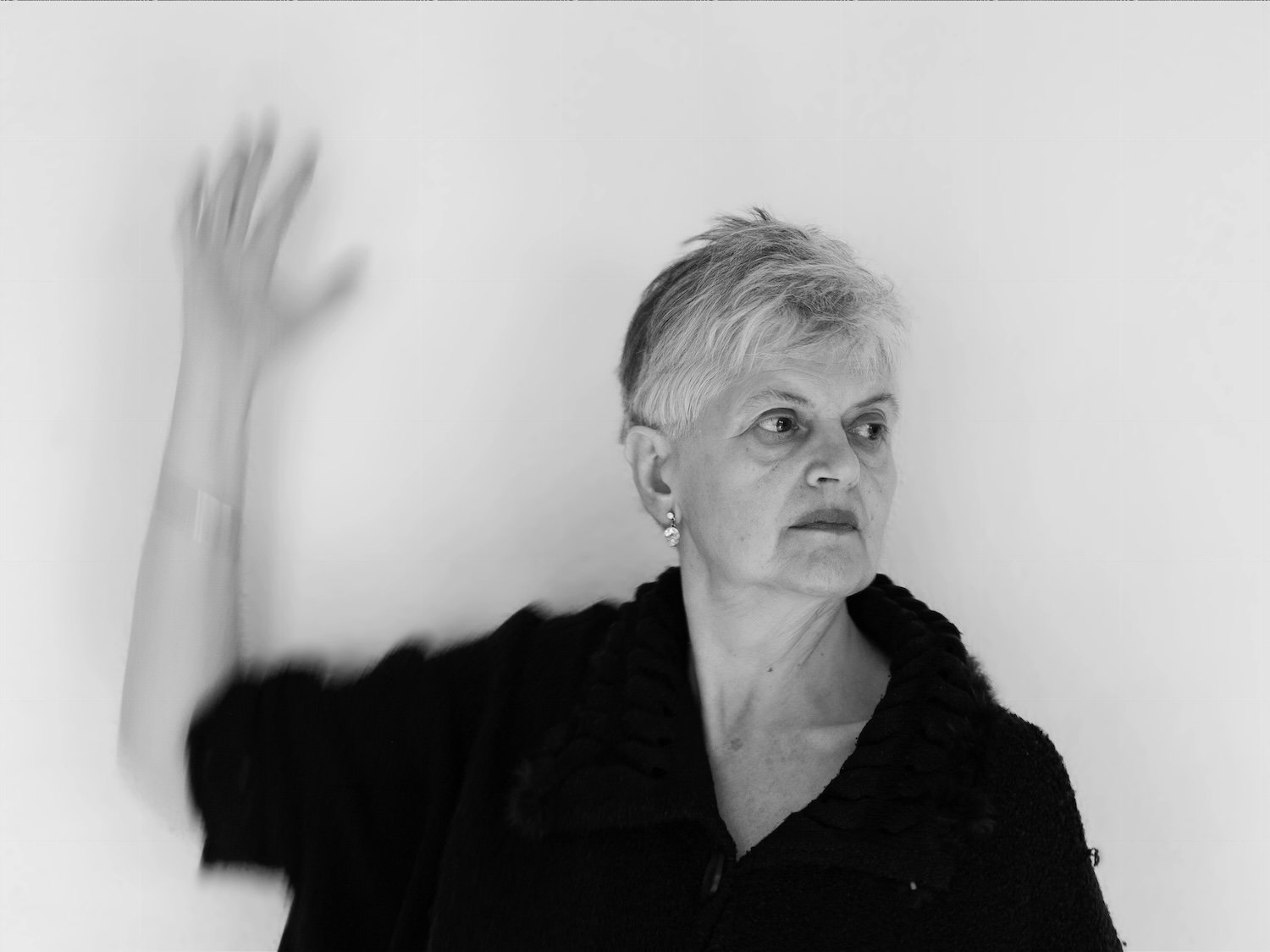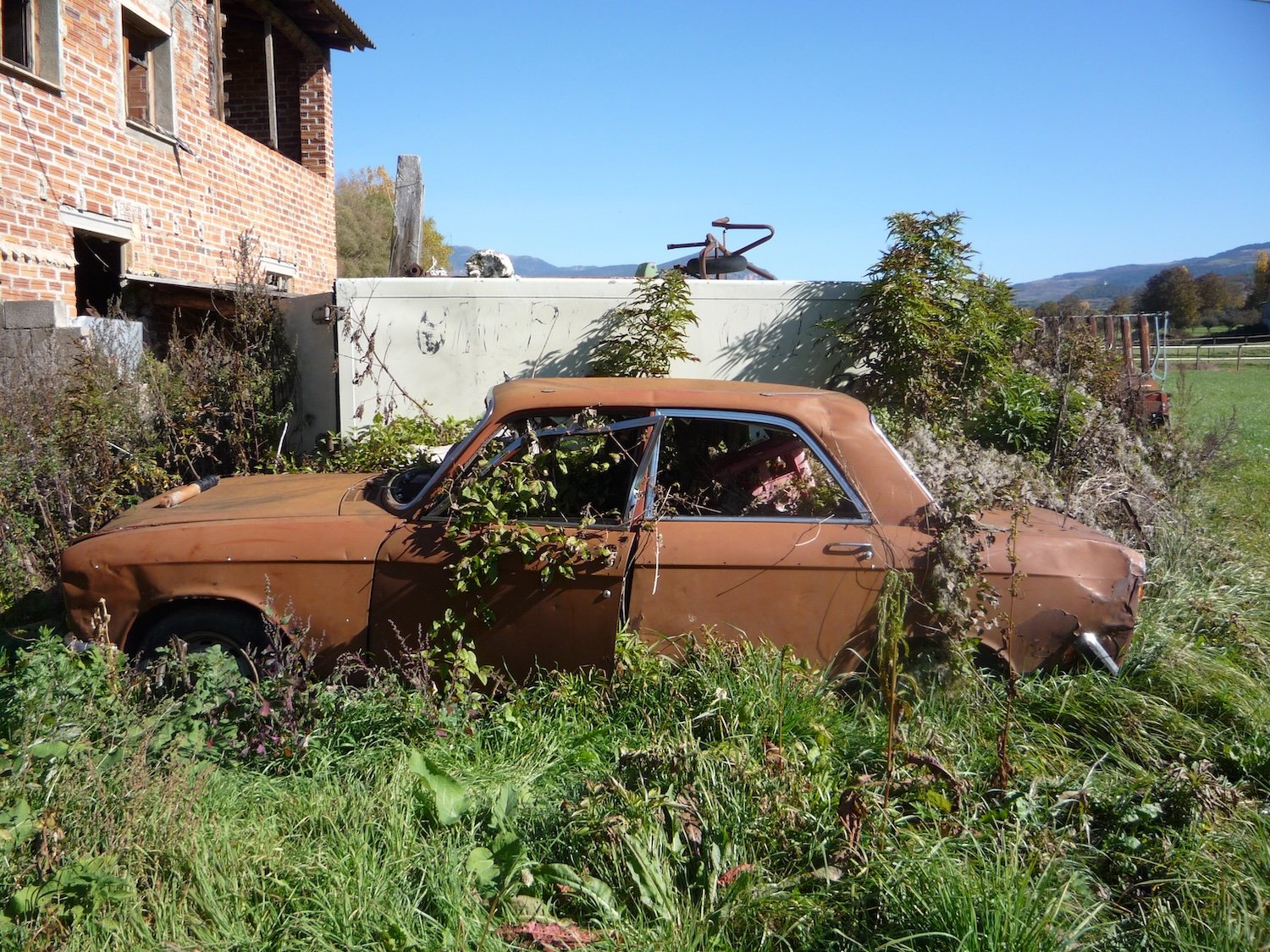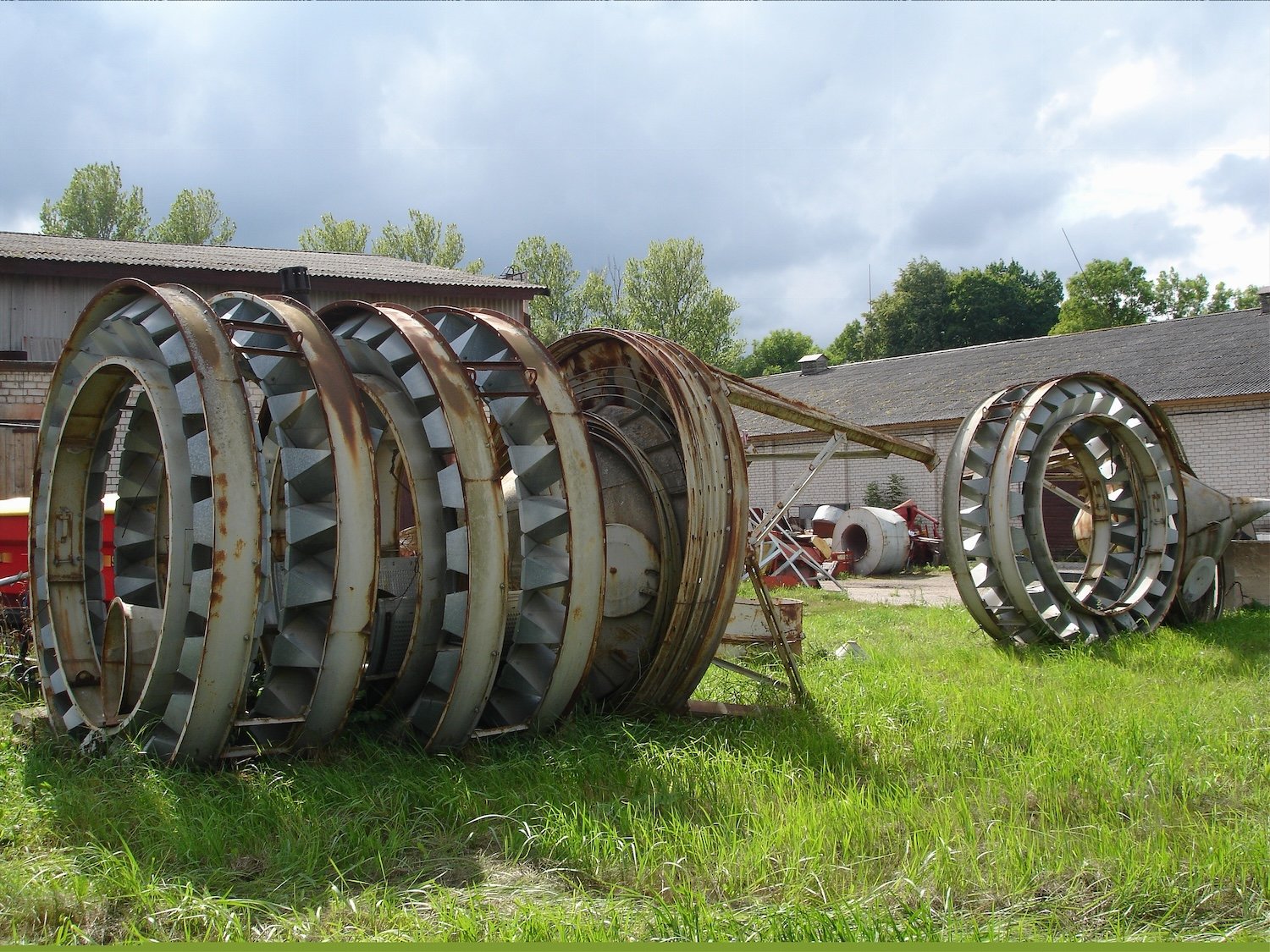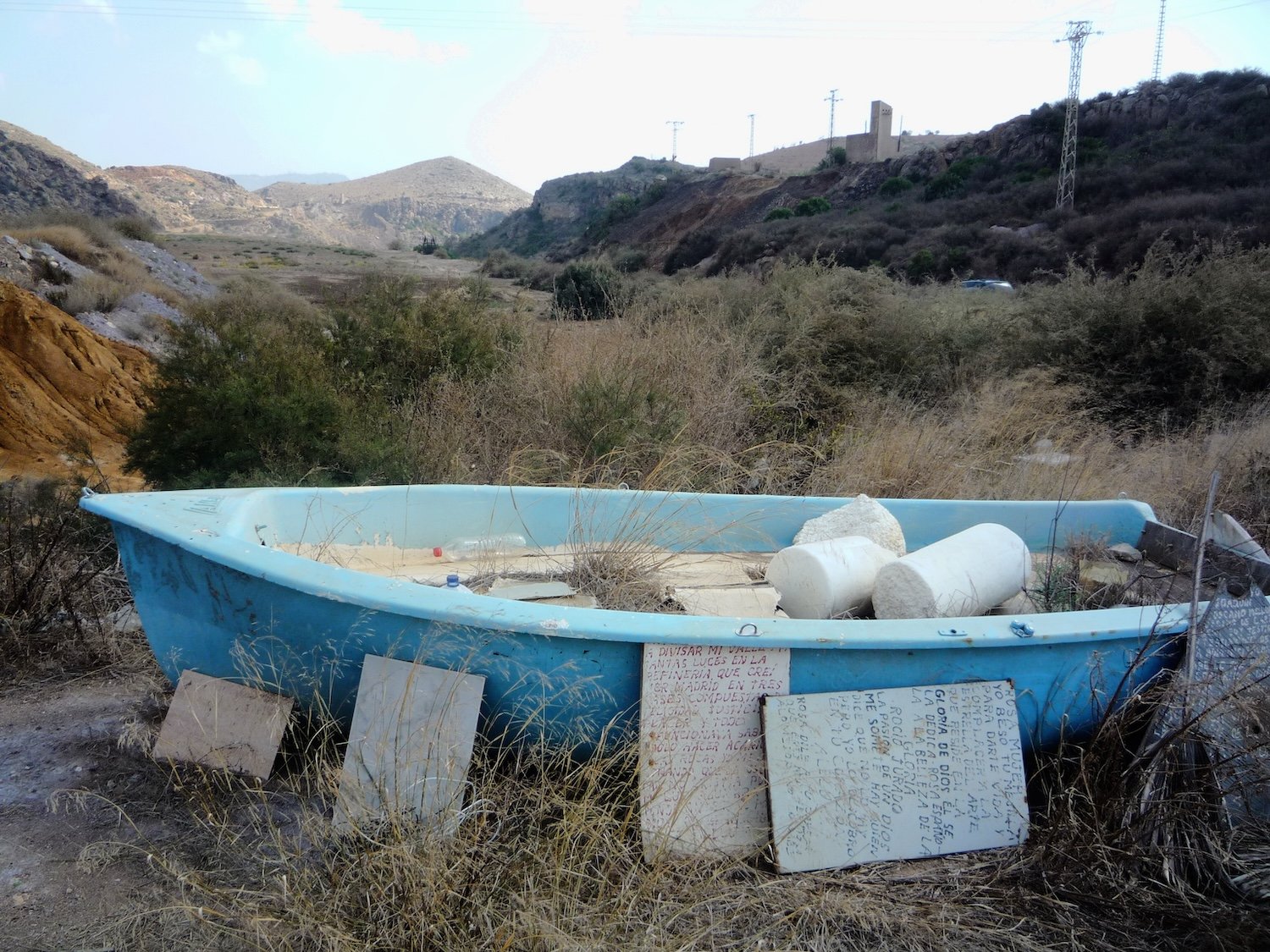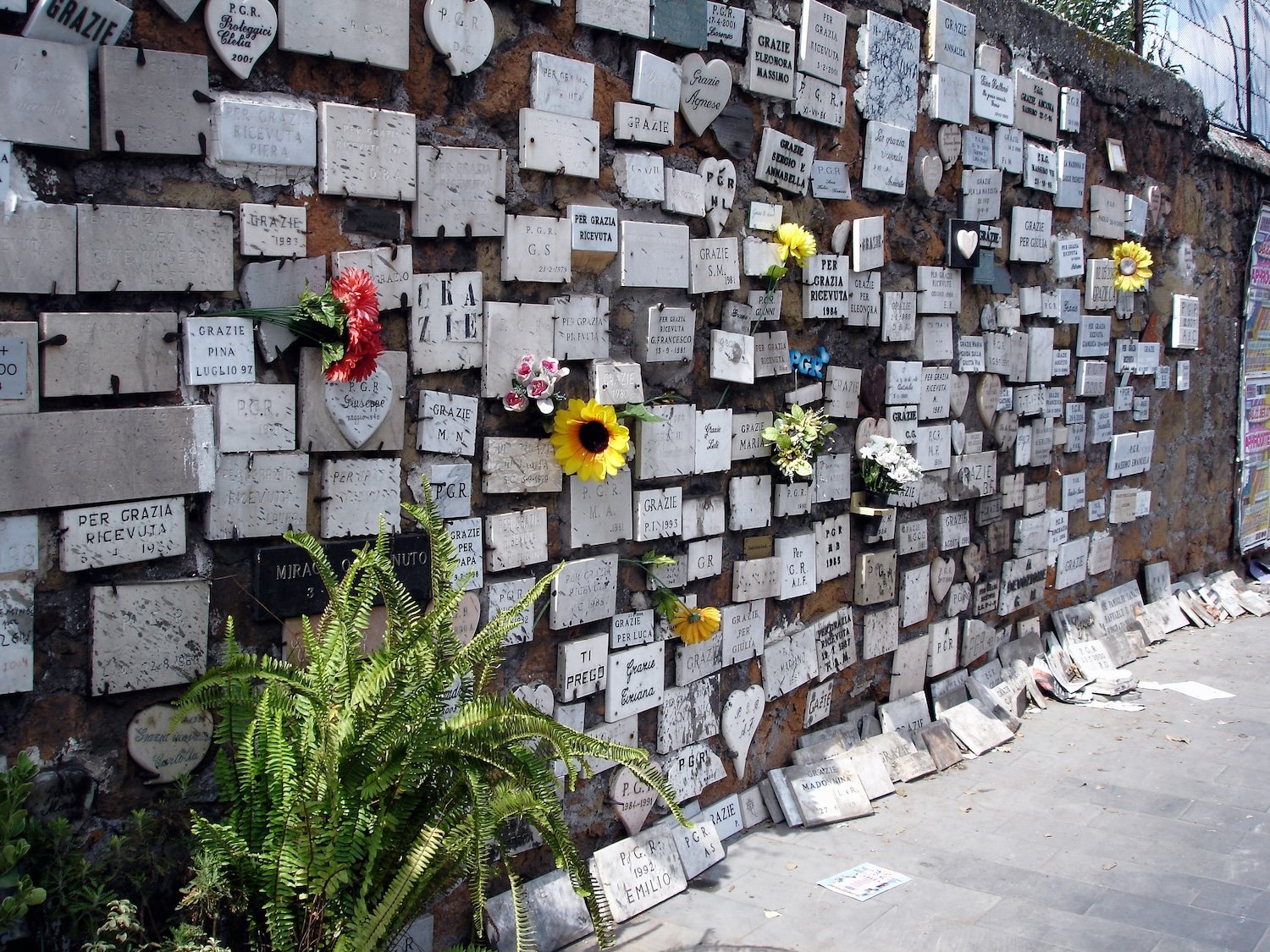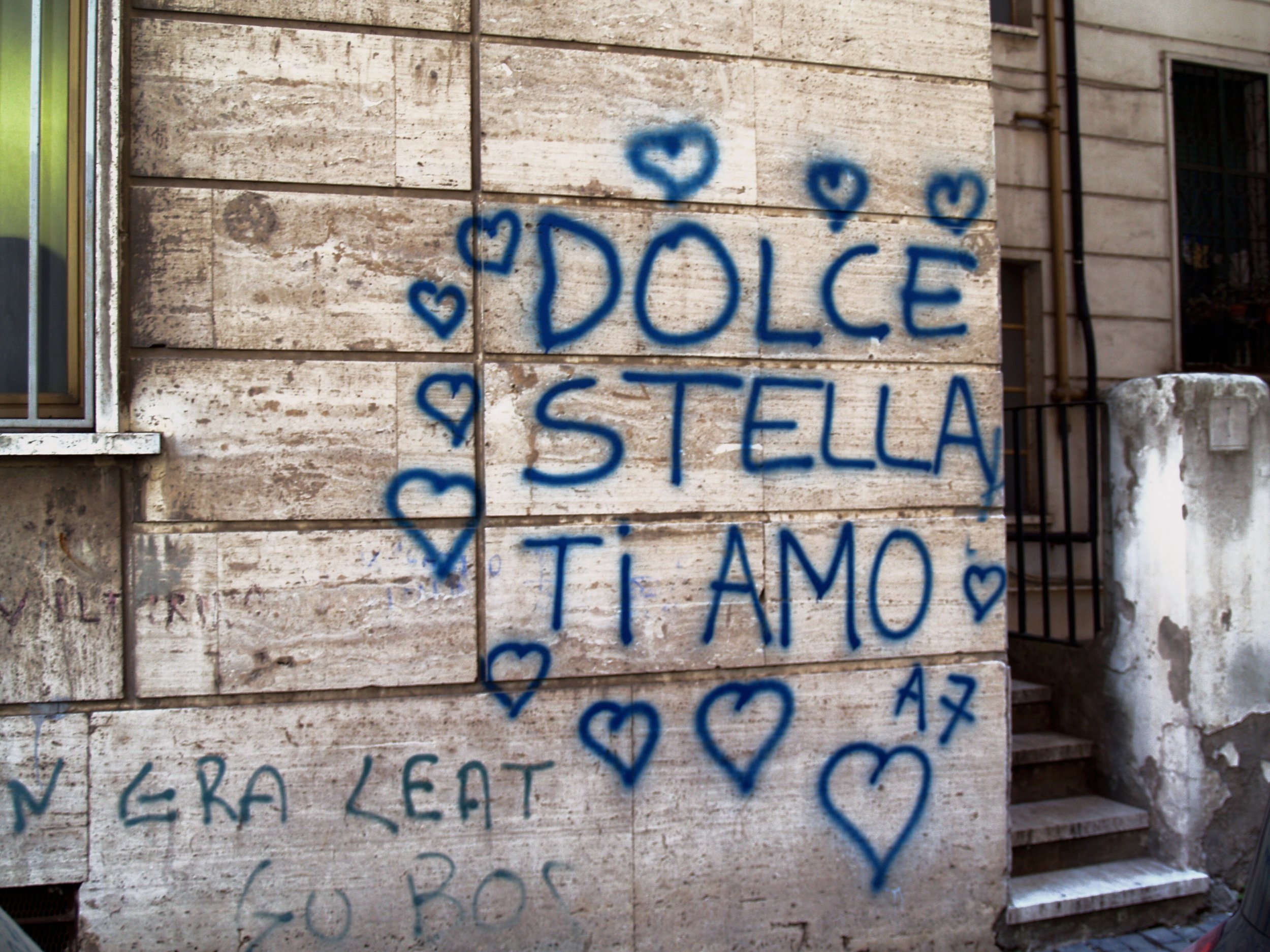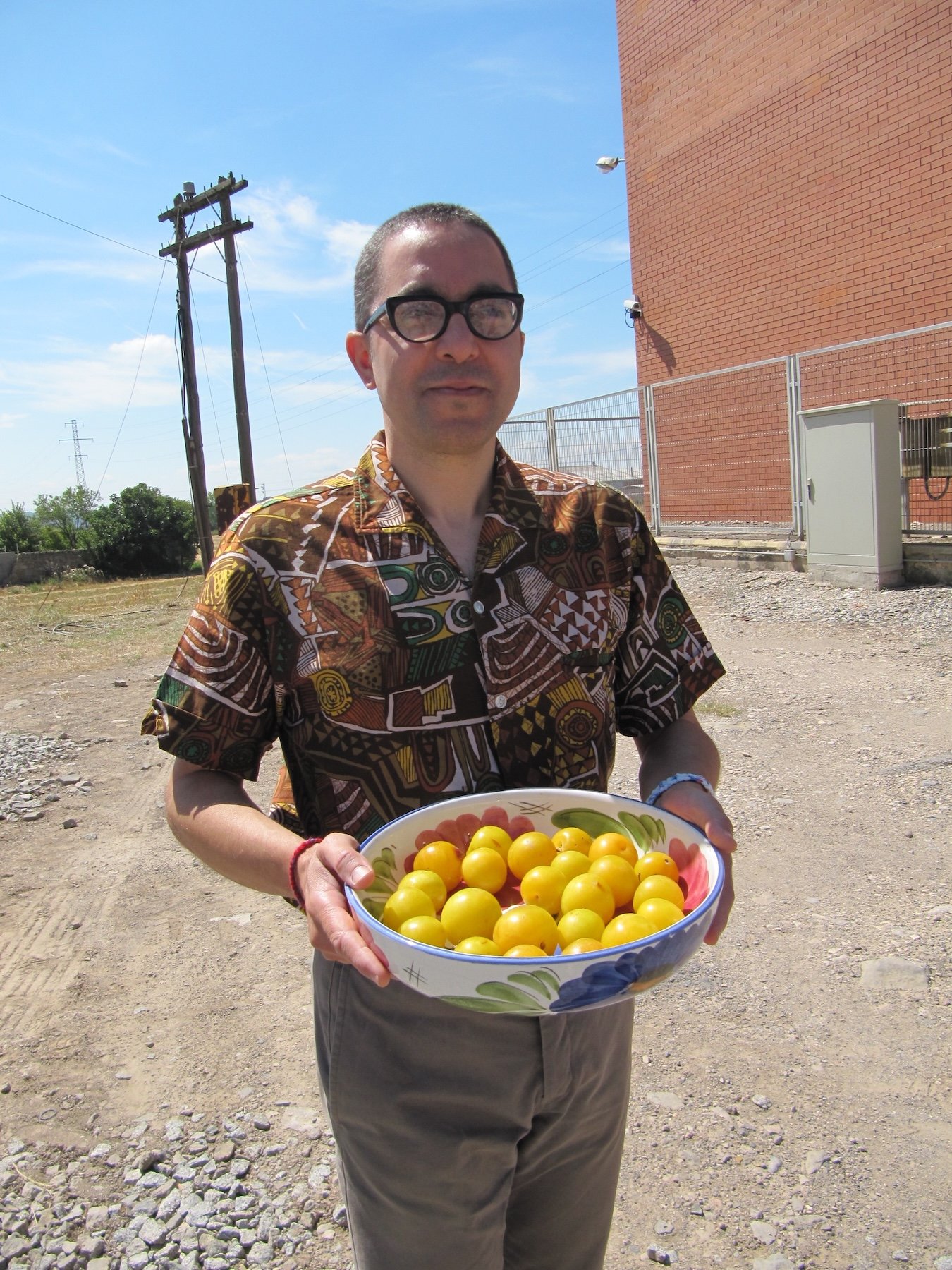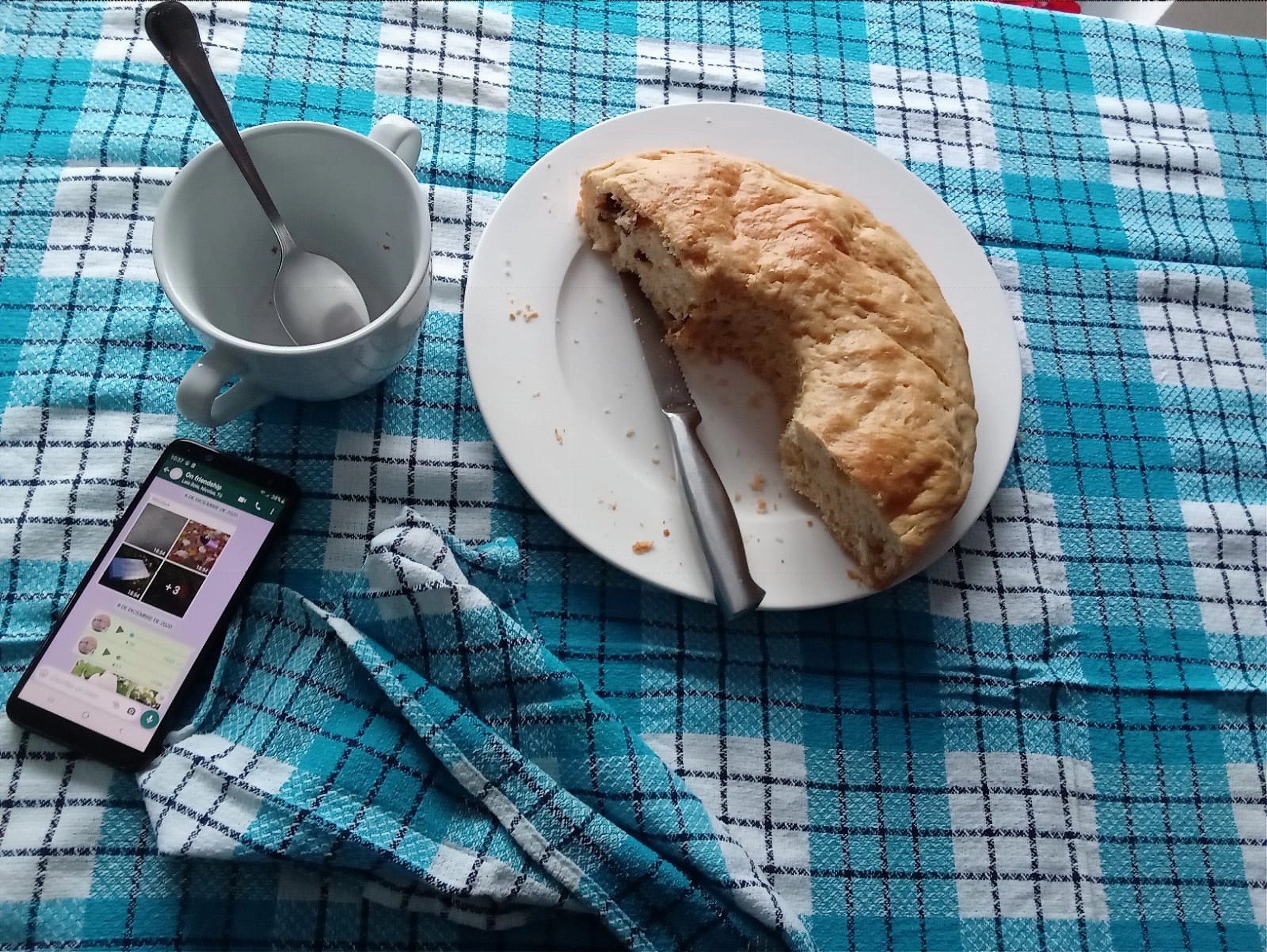Anna Recasens
Nicolás Dumit Estévez Raful Espejo Ovalles Morel: Anna, I was about to write in Castellano! We met in Catalonia almost 20 years ago through Ramon Parramon and Idensitat, the organization that he founded in Barcelona. Our history goes back to Calaf, a place that I hold dear in my heart. No question from me, and maybe this is a good time to invite you to introduce yourself.
Anna Recasens: Thank you, Nicolás, for inviting me to be part of The Interior Beauty Salon. First of all, let me mention that before we met in person in Calaf, while working in an Idensitat’s program, I was using my free time to walk around the village, talking with people, enquiring about plants and customs...and many neighbors were asking me, do you know Nicolás? They would then continue telling me about how they met you, about your work, and your life in Calaf. In some sort of way, I feel that our friendship was forged through the experience of the many people who saw our friendship even before we met.
Regarding me, I started many years ago (decades) working in painting and site-specific installations but, with time, I have been evolving towards a more performative and cross-disciplinary work, placing myself in the middle–using parts of my own life–or sharing and interviewing with other people. I also work blending and contrasting public with private spaces, and walking as a way to recognize places and their stories. I’m interested in researching the many layers and the various perspectives opening within a creative process, paying attention to small details in everyday life, to the anonymous or ephemeral actions which become at the same time truth and fiction in the shaping of a narrative. I am intrigued by emotional responses to a sense of place, and I am keen to explore these responses as means of generating a landscape restoring common meanings and imaginaries.
Each one of my projects is independent but yet linked through different themes. For example, Hidden Landscapes was an exploration of imaginary spaces that children create in the parks to play. Milepost1422 recreated a journey through the memories and mementos of someone who did that journey 15 years before. In Weaving Time I gathered people to crochet or weave yarn with me and to tell their life stories. In Zoo-Graphies I drew an emotional map of a little village in Estonia, exploring the place following the intimate and symbolic paths and places of some of the neighbors.
The Filing Cabinet (2007-2017), was a tool that I used as an itinerant “stage” for collective work. An old filing cabinet, customized with wheels that rolled, provided a shared space within different cultural events, while taking different formats: library, museum, jardinière, kitchen, information kiosk, and workshop space. Its collection of books and permanent digital archives included themes such as art, ecology, botany, memory, and reflections on the rural and the urban worlds, the commons, community, etc. Also, The Filing Cabinet, was the first of a series of minimal footprint devices named EMUC (mobile spaces for common use) which I designed repurposing items/boxes, having undergone a structural alteration to add compartments, handles, expansions, wheels, external and/or collapsible parts. The changes were dictated by the uses and the occasion: a jardinière, portable umbrella, exhibition display or a table surface.
LSM (Laboratory Social Metropolità) (2012-2017), is a work room, a laboratory of ideas, and a meeting space, bringing open educational activities, as well as a micro-residencies program, a local exchange network, actions dealing with urban ecology, and an experimental and collaborative garden, among others. LSM is a hybrid space for creative action and research, for relationship-building between artistic and social, local and extra-local activities. This was an artistic project-in-residence at the Center for Artistic Production L'Estruch in Sabadell that sought to establish a link between the community, the Center, and its users, becoming a connection node between the arts, grassroots activism, contemporary thinking, and social commitment.
NDEREOM: We heard about socially-engaged art years after we pondered on the work that we have been doing for decades. I did not even know that there was a term for some of the experiences that we were bringing forward into life, and out in urban as well as rural spaces in places like Europe and the Americas. I think that Idensitat referred to this as arte en el espacio público, but now everything must have a name, a label to be able to get funding and receive curatorial approval.
AR: For more than two decades Idensitat has been championing artistic practice and research that have impacted the public sphere through creative proposals connecting the spatial, temporal and social dimensions of a specific place or context. Idensitat works with cross-disciplinary and collaborative dynamics, experimenting in a place to transform artistic practices, and experimenting with artistic practices to transform a place, and this goes way back, highlighting the active role which art plays within the social context. It also highlights the capacity of art to disseminate cultural content in a wider context.
NDEREOM: Long live Idensitat, an organization that has been so generous with me and so many creatives. With the freedom of Idensitat in mind, which is quite unusual in the arts, curators and funders, I feel, can sometimes significantly detour our visions as creatives, as trends come and go. You have been working on the margins for decades, focused on herbs, cooking, walking, and studying urban and rural cultural spaces. How have you used that freedom? How has it been to work outside the institutional and curatorial gaze?
AR: As an artist, I try to adopt a humble position, working from everyday life, sharing knowledge and tools, and provoking creative situations in order to connect with others as much as possible and to grow together from our own vulnerabilities. Aware of an artistic scene that very much rewards and, to some extent, perpetuates the idea of the "excellent artist," whatever that means, this position of following non-standard paths and not pursuing the trends is not "popular." I believe in the arts as a means for change, for critique, without the need for approval, or without having to deliver domesticated nonsense to please circles that remain closed to most of the general public. I feel good about maintaining a respectable distance, a vantage point to keep freedom.
As an artist and cultural activist, I work in everyday environments. I approach different places and situations by walking around, sharing experiences, seeking information from the ground up, and seeking emotional contact with the different layers of meaning that make up both the landscape (urban or rural) and the active fabric of imaginaries comprising them, without the contaminating filters directing the gaze towards official interests. Immersion, affection, and bonding as a form of art provide me with tools, collaborative networks, and deeper knowledge to create narratives as paths for common transformation. The arts’ potential to engage and bring people together to hold goals in common, unleashes the possibilities of using the imagination for social change and common benefits.
Exploration and discovery are fundamental to my work. I am, through art, an explorer, a cartographer, a storyteller, a dreamer, an inventor, and many other things, and I look at and listen profoundly to the world with wonder. Working with everyday life can be seen by many as a disadvantage, as a lack of perspective, of not looking at the big picture, but I believe that, on the contrary, approaching the arts from life itself, from everyday situations, may contribute to a far bigger sphere of mutual understanding.
NDEREOM: Can you tell me about your investigations on urban spaces where people go to engage in erotic acts?
AR: Urban Intimacy (2005-2008), is a research project and field work configuring a map of intimate and sexual spaces in Barcelona, resulting in a photographic and videographic archive on the subject. It also includes texts. City-spaces are usually defined: commercial zones, office zones, zones for leisure, zones for consumption, and zones for tourist-related activities. Sex in public space turns the city inside out. The city itself is redefined, reformatted and "hacked" by its users, to claim privacy and to shift microclimates. These zones of accepted sexual activity raise temporary borders. Couples make room for mating and intimacy on park benches, in hidden alleys, at “lovers' lanes,” and at other places. In the city´s “hot zones,” sexual workers make a commercial space for themselves to catch the attention of passersby for a quick encounter. Some take pleasure in being seen, voyeurs gather as the audience to watch the action. Queer and straight cruising creates open shared places for sexuality, where singles find company for a night and establish places and routines that effectively close some areas to the general public by means of movements reserved for those who know.
Mapping these activities, which continuously re-shape the social topography of the city (for example, the use of a chair in the street while waiting for clients, the use of bushes as private rooms, the car becoming a home in the “lovers' lane”), reveals a tendency to use a public item to allude to that which is understood as private. The “public” face of the city is appropriated, and its spaces and its fixtures are used or modified to provide temporary accommodation, shelter, and/or private comfort for these interactions.
NDEREOM: I would like to circle back to Calaf and your incursions into botany and herbalism. Rather than ask a question, I will leave this space open for you to talk about these subjects.
AR: Some years ago, I started to walk around, describing the perimeters of places, and recognizing in our most immediate landscape the limits of the urban and the rural. This effort interrupted paths, shed light on forgotten spaces, roads in disrepair, and atrophied areas within the city. While wandering, I found the memory of the green realm; of the stories that can only be found by digging into memories.
Topografía Sensible is the title of a group of works of different dimensions and durations, which main objective is to give value to the ecological and to recognize the layers of meaning in the imprecise limits of urban centers. Topografía Sensible started in 2004 in Glasgow. In 2009 this was a guest project in Idensitat’s edition, resulting in two years of research and a book published in 2011: Passeig pel Rodal de Calaf. Subsequently, experiences have been added in Tarragona, Valencia, Menorca, Barcelona, Jerez de la Frontera, Las Palmas, Calama, and Rome where, through urban dérives and site-specific activities I experienced everyday life in these places.
I’m interested in exploring a "sense of place." Topografía Sensible with both individual and collaborative activities, includes events such as herb collection and foraging, and the compilation of cooking recipes and domestic knowledge. It also includes cooking, and life journals as critical tools to recover local memory about places and to generate attention to ecological justice. The results are varied: posters, texts, publications, videos, maps, itineraries, and drawings. The result is a chaotic collection in which images, sounds, and stories are gathered. It also includes personal desire paths that intersect at some point, signaling secret codes beyond avenues, beltways, and buildings. These are the micro-cities within the city.
NDEREOM: You, Laia Solé, and I have been working since 2019 On Art and Friendship. My ears perked up the other day when I started to see some hints that this was the new thing in the arts. We have corresponded for four years through WhatsApp, sending each other photos, audio files and text messages and formatting all of the materials generated as videos. We presented at The 8th Floor, and at Ely Center of Contemporary Art with Transart Institute, and we also showed this work with IDENSITAT in Barcelona. How has this been for you?
AR: I remember that after several years of looking for an opportunity to be, to do something, or to work together in the same place, we started to use the tools we had at hand to maintain a more close and vivid experience of our friendship beyond distances and time. WhatsApp looked like a good idea for the possibility of immediate messaging with audio and video tools. For us, it was not only the wish to be together or share a project, but the need to leave behind evidence of what for us was most precious: our friendship. The pandemic started and we continue corresponding, referring to our personal landmarks, charting emotional contours and the significance of the trails that each of us was leaving/taking. It channeled the diversity of patterns, behaviors, and identities that we developed through wandering.
We have been materializing parts of this conversation and research by means of video, photographs, texts, and presentations, describing shared personal travelogues as memory artefacts, but also as a medium through which we can evolve together in unexpected directions. A space that originated from a certain wanderlust spirit is now rooted in a profound understanding. This ongoing conversation about how we live and walk is, above all, an act of friendship that shortens geographical distances.
NDEREOM: You moved from Sabadell to Jerez de la Frontera. How have this shift been for you as a creative?
AR: This has not been my first change of city, as I was living for some years in Scotland, but in some way this change has been more dramatic, as I sold the family house and severed the ties with my birth town, which is definitely located on the other side of the country. The last seven years have been a bit of a rollercoaster. Relocating provoked changes in my way of working, a different pace of life, the need for other tools, and a newfound level of precarity, as I was kind of starting again in a place with a very different art scene, with fewer job opportunities, a reduced network, and the need to travel more frequently to maintain activity. But honestly, I deeply believe that this has been a very positive change. Whatever I may have lost regarding connections and possibilities, I gained in tranquility, affection, contact with nature, and social interactions. While some people still think I am mad for abandoning the metropolis to go south, I can’t be happier with my new-found space, in which I live more according to the rhythm of the Earth. My feeling is to have found, through a simpler way of living, a renovated creative and active space in which I can grow and share, in which small details are of importance, and in which I can recover forgotten experiences. I walk in my surroundings, first through no person's land showing signs of dereliction, to find further away forgotten sensations—the freshness of the grass, my hands in the soil, the length of the landscape. I can close my eyes and go back to my childhood. As a traveler, I explore and evolve from one place to another, collecting evidence.
NDEREOM: I might be asking questions in a random way and I think that there is an unconscious purpose for me to do so, and to offer you the possibility to stay with a topic just long enough, but not for too long. I would like to hear about your documentation of street messages, and in particular those dealing with love.
AR: At some point around 2000, and parallel to changes due to motherhood, my work evolved towards field work with the use of photo and video cameras and sound recordings. These projects are based on research, the recollection of stories, and with participation in situations in which people share and create new stories. While doing the Urban Intimacy project (2005–2008), which was part of the Post-it City program, I made a small project in my hometown, MyfirstKISS. With MyfirstKISS I departed from the idea of understanding intimate situations in public spaces and the appropriations of urban spaces to temporarily modify, accommodate, shelter, or hide this type of interaction. I mapped intimate stories regarding places where people shared their first kiss. Using interviews, walks, and photography, making a map of this allowed me to understand the city's various layers from the perspective of love and affection (or even disaffection). This generated an archive of photographs of people kissing, or a collection of prints of kisses, and the writing of love messages in the streets. From then on, I have been looking at the city through the recollection of expressions of emotion, love messages, which define temporary zones more or less recognized or accepted in the social maps. Some of my works dealing with this include Arquitectura Sensible (2008-2018), Love Walls (ongoing), and Death and the City (ongoing). These temporary zones existing on the walls, in urban furniture in parks, in squares, along paths and alleys, as well as in transportation stations are used as intimate spaces, or as open-air billboards for love and personal messages. They lend meaning to the streets, sharing love, sharing love’s lost stories and reclaiming public space. They have in common a transient, temporary, and informal use of the space; favoring interaction, and humanizing the city.
By collecting these love messages and expressions of affection I explore the communicative process with which these messages become an architectural element in the construction of common spaces in the urban context, and an element with which to build relationships with passersby. It is also about recognizing the signs that build a common environment—scenes of longings, desires, and achievements—favoring the dissolution of urban anonymity and establishing a constant test to the notion of community.
I believe there is a need for understanding and living the city from the perspective of collective co-creation, enabling relationships and associations, and unfolding narratives to open different and necessary debates on topics such as love in global times, affection, and privacy and politics.
The collection of love messages (including images from various countries and some that people have been sending to me from their journeys or local contexts) is the base for processes such as presentations, workshops, and performances. Currently, I am working on a parallel collection of roadside memory messages: votive shrines, monuments paying homage to mourning and giving thanks, to devotions and spiritual needs.
NDEREOM: I know that you are teaching, doing your own work and caring for your home, so, while we can talk volumes –which nos encanta hacer– I understand that you might need to go shopping for vegetables, or meet with the walking group in town… and I will let you go with a big thank you for esta conversación. Moltes gràcies.
AR: All of the above... I am finishing some writing, I have a dish of cannelloni in the oven, and in a while, I am going out to walk around the city, which today is especially luminous. Spring is coming!
Thanks to you, Nicolás. See you soon.
Anna Recasens (Sabadell, 1961) is a visual artist, independent researcher, and cultural activist. She combines personal and collective artistic projects with work pertaining to education, cultural management, and dissemination, as well as engaging in artistic research on subjects regarding collective imaginaries of everyday life, the boundaries between urban and rural, public and private, from a critical perspective, and action towards the commons. She uses field walks as both a participatory tool to promote social creativity and as a personal tool to reveal site-specific hidden layers of meaning. She deploys a variety of art formats to develop her visual storytelling and writing.
She teaches workshops, publishes articles in different media, and participates in exhibitions, conferences, and discussion tables. She created and directed the Laboratori Social Metropolità, based at the NauEstruch in Sabadell (2012 2017). This was a space for reflection on contemporary culture, environmental justice, and a meeting place for exchanging knowledge between the arts and social practices. She is a member of Idensitat’s team (www.idensitat.net), Plataforma Vertices’ team (www.plataformavertices.net), and Mirapordonde Collective.
All images courtesy of Anna Recasens / Portrait of Anna Recasens: Gin Benzie Recasens
Anna Recasens links: Website / Instagram / The One Minutes / Studio Visit / Tierra Incógnita / LSM
Anna Recasens (Sabadell, 1961) is a visual artist, independent researcher, and cultural activist. She combines personal and collective artistic projects with work pertaining to education, cultural management, and dissemination, as well as engaging in artistic research on subjects regarding collective imaginaries of everyday life, the boundaries between urban and rural, public and private, from a critical perspective, and action towards the commons. She uses field walks as both a participatory tool to promote social creativity and as a personal tool to reveal site-specific hidden layers of meaning. She deploys a variety of art formats to develop her visual storytelling and writing.
She teaches workshops, publishes articles in different media, and participates in exhibitions, conferences, and discussion tables. She created and directed Laboratori Social Metropolità, based at the NauEstruch in Sabadell (2012 2017). This was a space for reflection on contemporary culture, environmental justice, and a meeting place for exchanging knowledge between the arts and social practices. She is a member of Idensitat’s team (www.idensitat.net), Plataforma Vertices’ team,, and Mirapordonde Collective.
